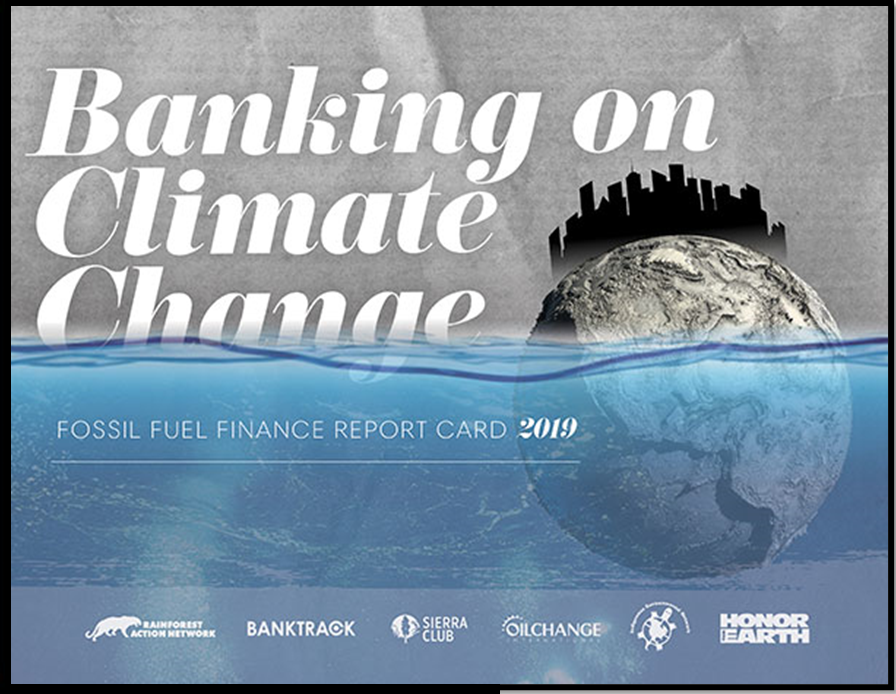BANKING FOR NET ZERO
Syllabus:
GS 2:
- Indian Economy and issues relating to planning, mobilization, of resources, growth, development and employment.
Focus:
- Globally, men are likely to transition to green jobs faster than women.
Source:- banking climate
The transition to net zero necessitates a significant transformation within the financial sector, particularly for the banking system. This shift involves phasing out fossil fuel consumption and embracing green investments, requiring banks to adapt to new financial landscapes.
Necessity for Banking Sector Evolution
- Global Climate Commitments: Aligning with international commitments to reduce carbon emissions, the banking sector must transition from fossil fuel investments to sustainable alternatives.
- Financial Stability: Understanding that climate change poses a systemic risk to financial stability, necessitating a proactive response from banks.
- Support for Green Economy: Banks have a pivotal role in financing the development of renewable energy and green technology sectors.
- Regulatory Pressure: Increasing regulatory frameworks worldwide demand financial institutions to be transparent about their climate risks and sustainability efforts.
- Consumer Expectations: A growing consumer demand for ethical banking practices encourages banks to adopt greener policies.
Current Landscape of Climate Risk in Indian Banking
- Sectoral Exposure: Significant exposure to high-carbon sectors, with public banks having a larger share in such investments compared to private banks.
- Vulnerability to Climate Risks: Banks’ substantial investments in sectors like utilities, metals, and transport make them vulnerable to physical and transition climate risks.
- Differential Risk Profiles: Contrast between public and private banks’ exposure levels highlights a need for tailored risk management strategies.
- NBFCs’ Role: Non-Banking Financial Companies contribute to systemic risk by heavily financing power and auto sectors, which are directly impacted by transition risks.
- Interconnectedness and Systemic Risk: The interconnected nature of banks and NBFCs exacerbates the overall financial system’s vulnerability to climate change.
RBI’s Progressive Measures for Climate Alignment
- Climate Risk Management: RBI emphasizes the integration of climate risks into banks’ overall risk management frameworks.
- Priority Sector Lending: Introduction of renewable energy financing under priority sector lending to boost green investments.
- Green Deposit Framework: Establishment of guidelines for green deposits to incentivize savings in environmentally friendly projects.
- Climate Risk Disclosure Framework: Drafting a comprehensive disclosure framework to enhance transparency about financial institutions’ climate risks and preparedness.
- Survey on Climate Perceptions: RBI’s 2022 survey revealed that 90% of regulated entities see climate risk as a material business threat, indicating the sector’s growing awareness and concern.
Enhancements in Reporting and Compliance
- Thematic Reporting Pillars: Regulated entities must report on governance, strategy, and risk management related to climate issues, addressing both short and long-term risks.
- Scenario Analysis Requirement: Banks are encouraged to perform climate scenario analyses, aligning with national policies and international climate commitments.
- Phased Reporting Timeline: Beginning in 2025-26 for governance and strategy disclosures, with more detailed metrics and target reporting required by 2027-28.
- Emphasis on Metrics and Targets: Including greenhouse gas emissions and financed emissions to quantify the banking sector’s impact on climate change.
- International Alignment: RBI’s framework aligns with global standards, ensuring Indian banks remain competitive and responsive to global climate finance trends.
Capacity Building and Transition Support
- Diverse Technical Capacities: Recognizing the varied readiness among banks, RBI stresses the importance of building technical and operational capacities to meet new reporting requirements.
- Asset Quality Monitoring: Banks need to vigilantly monitor asset performance across sectors, identifying risks and opportunities in the transition to a low-carbon economy.
- Collaboration with Government: Support from national and sub-national governments is crucial in providing clear transition pathways and policy guidelines.
- International Best Practices: Learning from global counterparts, Indian banks can adopt best practices in climate risk management and sustainable financing.
- Stakeholder Engagement: Engaging with investors, clients, and communities to understand their expectations and drive the demand for green financing solutions.
The Indian banking sector stands at a critical juncture, facing the challenge of adapting to the demands of the net-zero transition while managing climate-related financial risks. Through proactive regulation, capacity building, and a focus on transparent reporting, the banking system can play a pivotal role in steering India towards a greener and more resilient future.
| The Reserve Bank of India (RBI) is focusing on three key areas in climate finance: a broad framework for green deposits, a disclosure framework for climate-related financial risks, and a framework for climate scenario analysis, inspired by feedback from a Discussion Paper on Climate Risk and Sustainable Finance.
A green deposit refers to a fixed-term investment option for individuals wanting to put their surplus funds into eco-friendly projects. For instance, HDFC launched green deposits in 2021 to support environmentally sustainable housing solutions. The spotlight on green or ESG (Environmental, Social, and Governance) funding has intensified due to: · Climate Concerns: There’s a growing realization that traditional funding mechanisms are insufficient to combat severe climate change impacts, prompting a shift towards market-driven solutions like equities, bonds, and green deposits. · Global Standing: India’s relatively low ranking (104th out of 192) on the climate readiness index highlights its urgent need for investment to adapt to rising temperatures and extreme weather conditions. · Export Challenges: ESG norms in Western countries could emerge as indirect trade barriers for Indian exports, affecting banking and finance sectors. This necessitates the integration of ESG/climate risks into financial assessments and project appraisals by banks. |
Source:
Mains Practice Question:
“Assess the implications of India’s banking sector transitioning towards net-zero targets on the country’s economic stability and sustainable development. Discuss the measures taken by the Reserve Bank of India (RBI) to align the banking sector with environmental sustainability and the challenges it faces in this endeavor.




